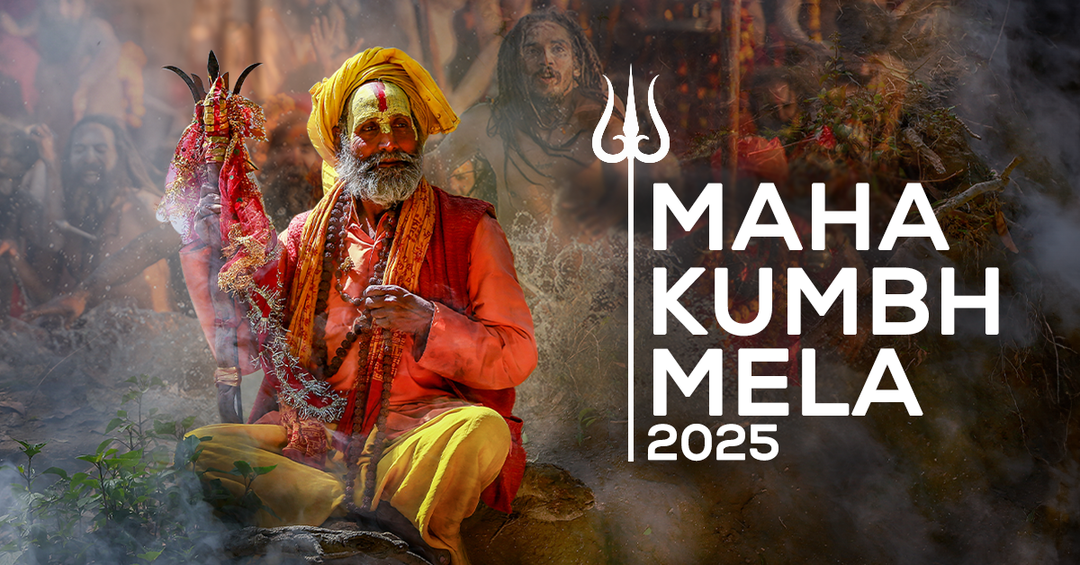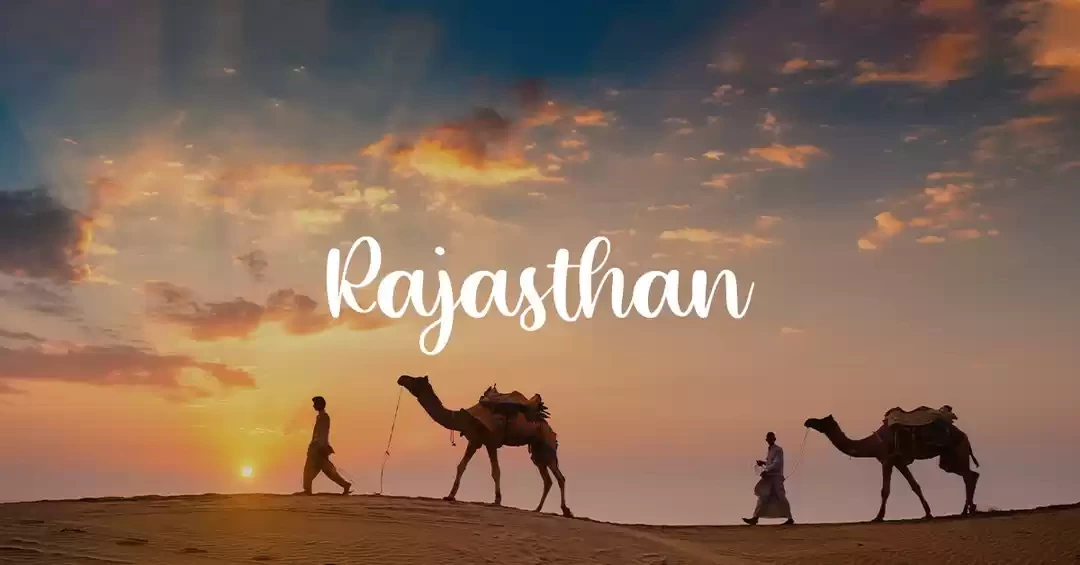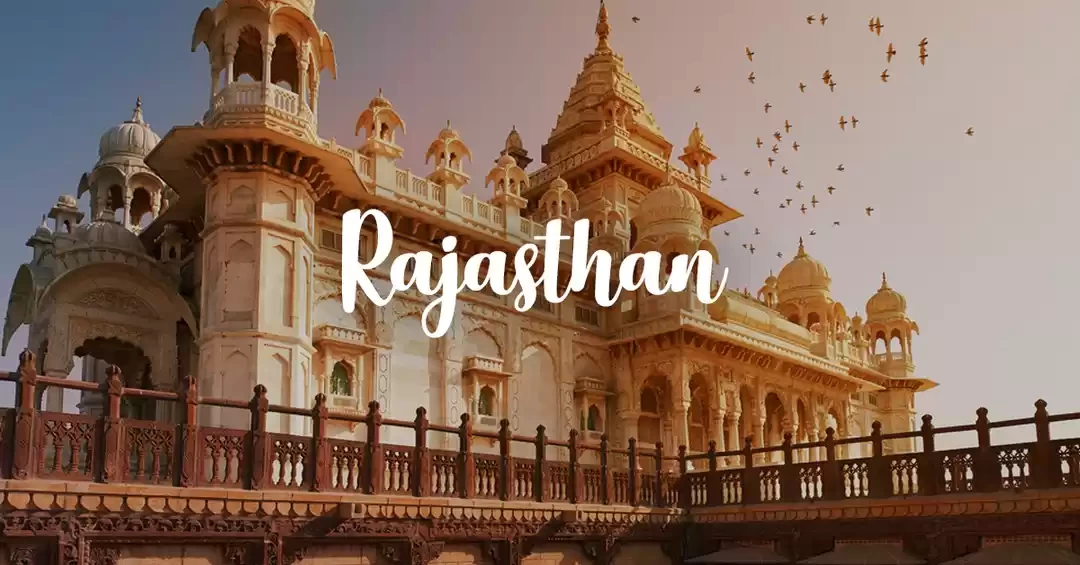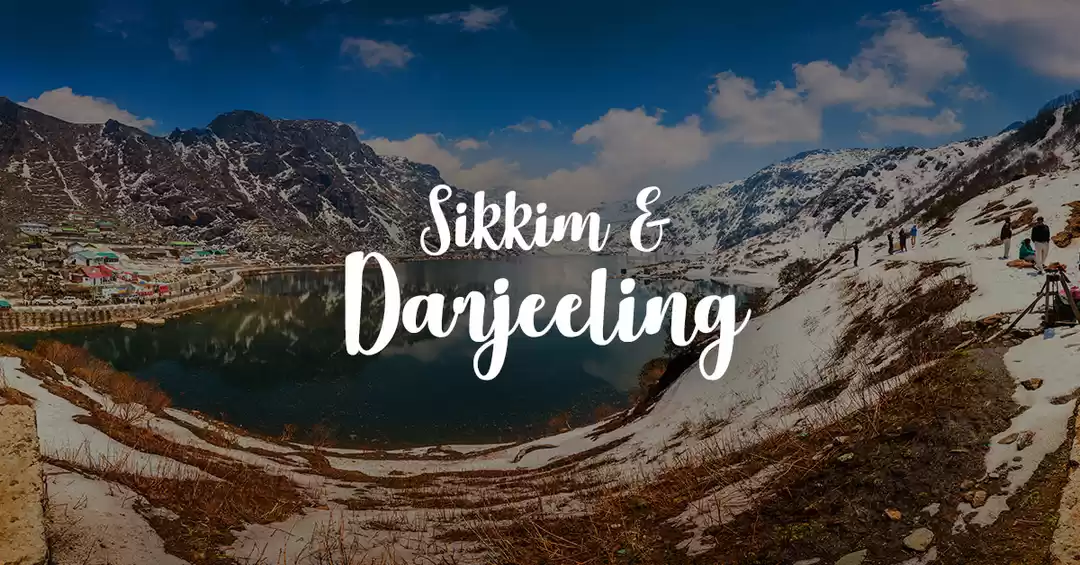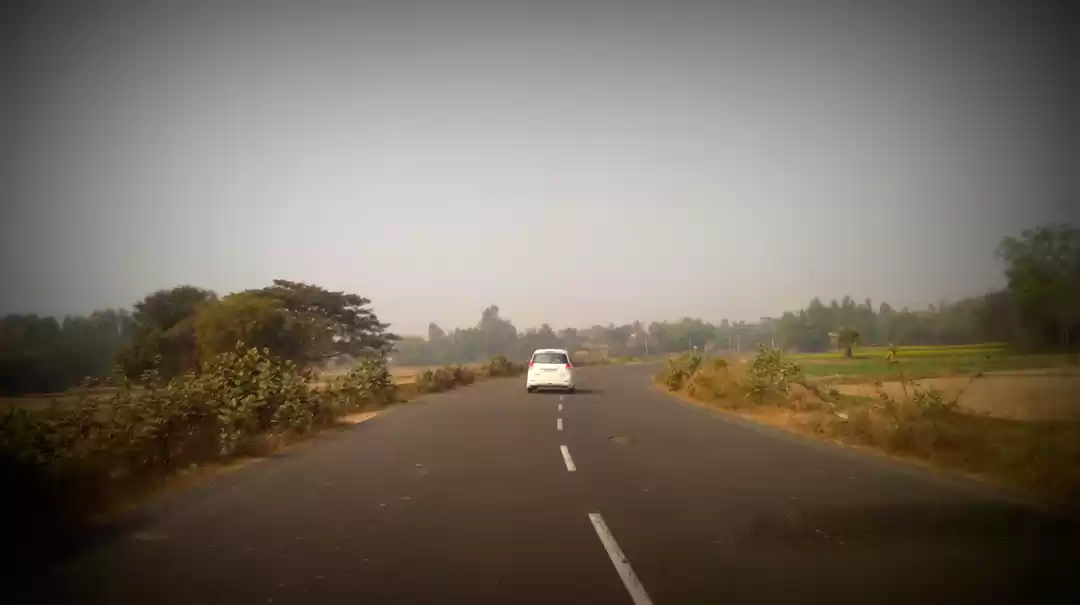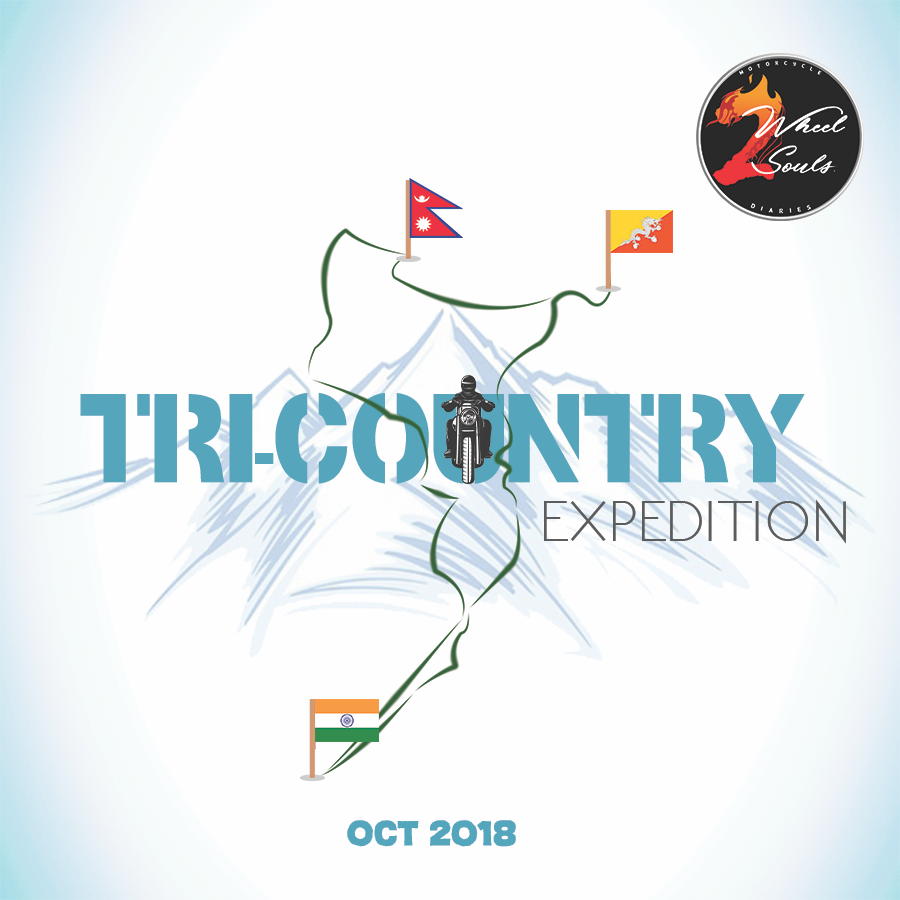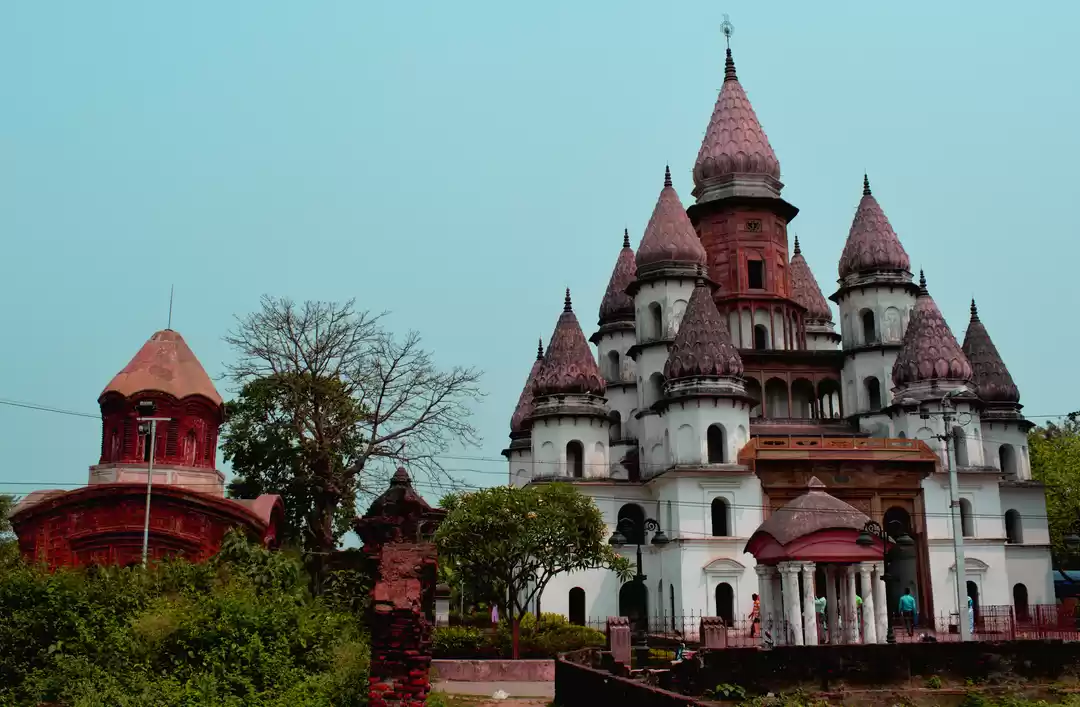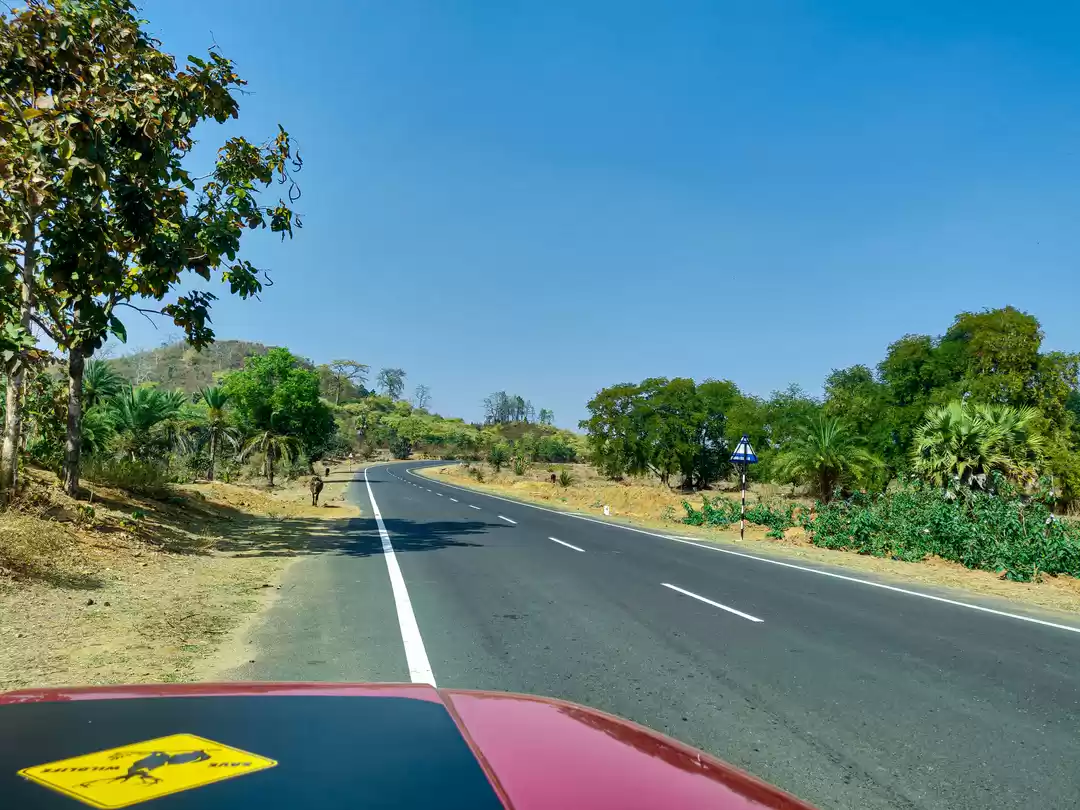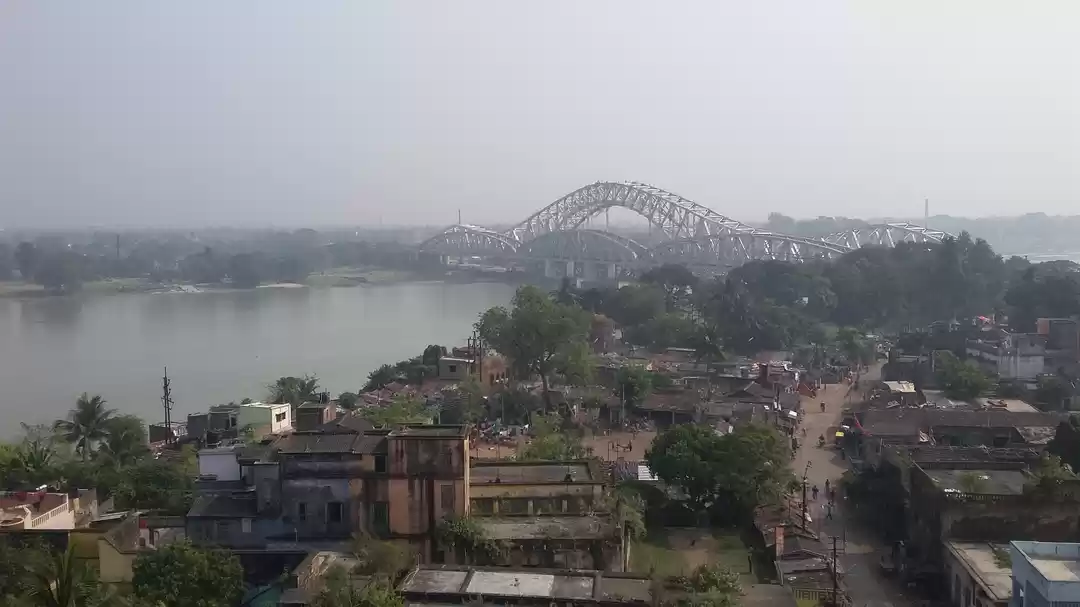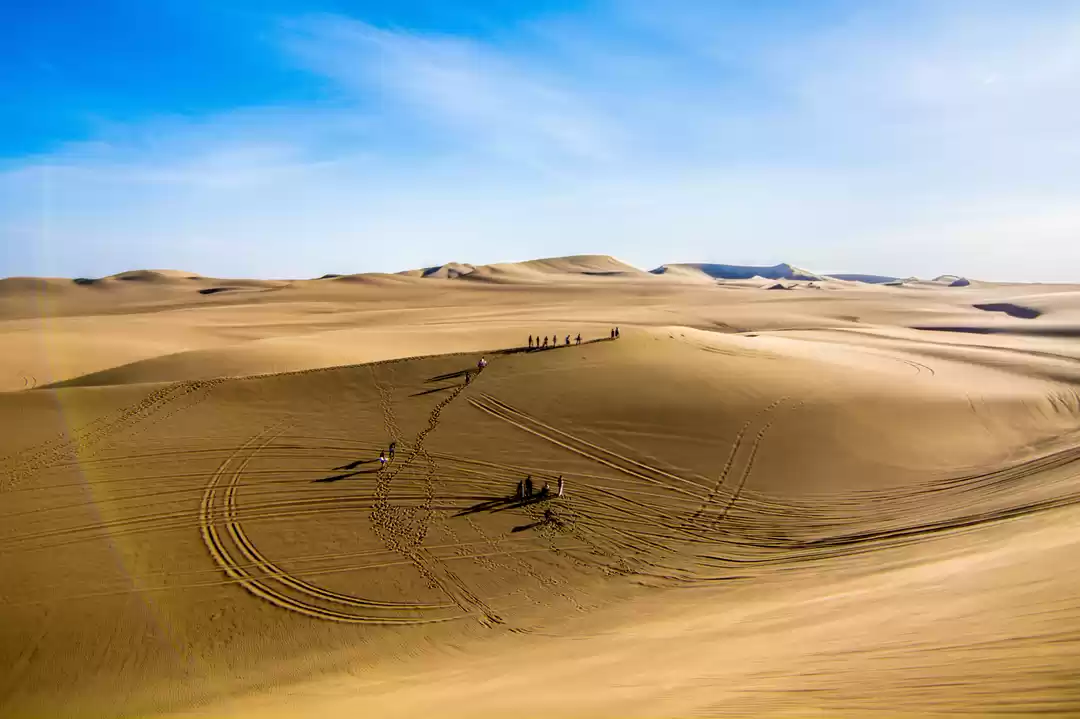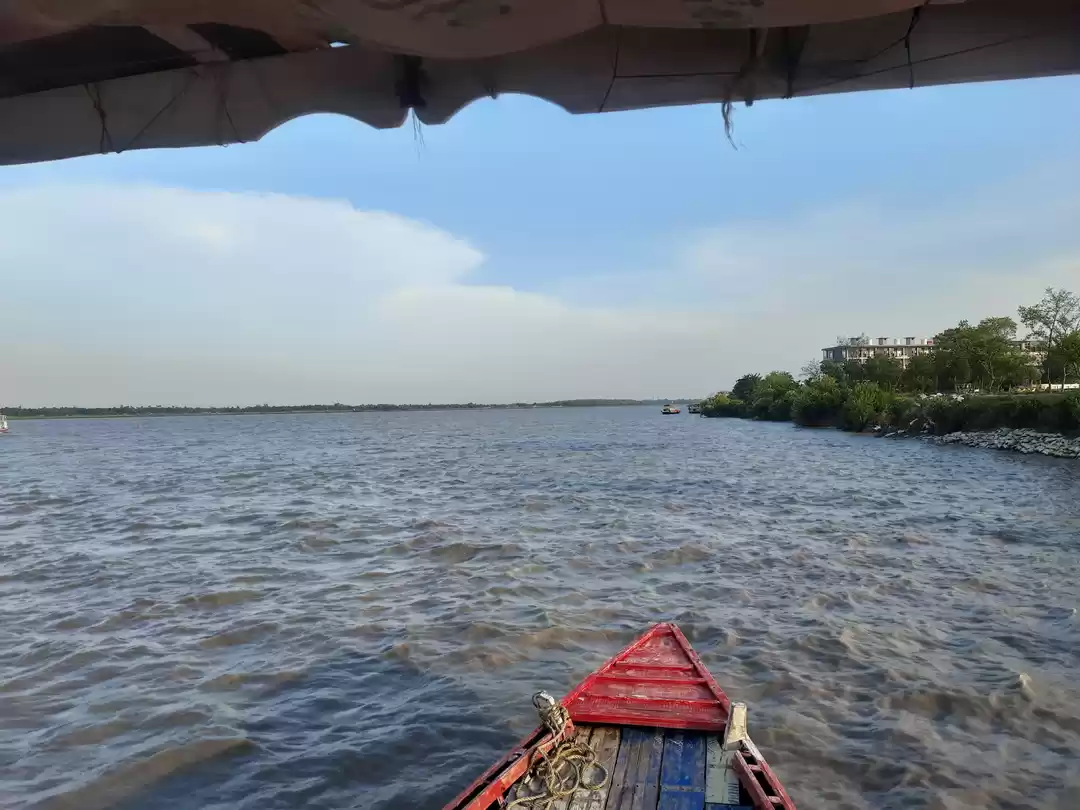
The state has been known for its forests and waterfalls but in my last travel affair I saw the other side , the borders of Jharkhand and West Bengal. I never had imagined it to be so surreal, I traveled to other places and enjoyed the road ride along the river unaware of the beauty of Ganges in Jharkhand. This place has never stopped to amaze me. The more I go exploring the more I am mesmerized with the history and beauty of this land.
So let me tell about this entire exploration. We started from Ranchi , took Dumka express ;it was an over night journey. We reached Dumka and the cab was waiting for us, we first went to a hotel to freshen up and have breakfast. It was a road side good enough hotel,filled our stomach and moved to Maluti.

Day 1:
We started from Dumka Railway station to Maluti, it's a small village approximately 60 kms from Dumka.
Its known as temple village where initially there were 108 temples built in the village, within a radius of 350 metres (1,150 ft). These are the terracotta temples of the 17th century built by the family of Raja Baj Basanta.
Out of 108 only 72 remains till date the rest collapsed due to lack of maintenance and is also enlisted in the endangered heritage sites of the world.

These temples are artistically done on the walls and doors depicting the mythological tales and is a mixture of different styles of temple architecture out of which Bengal style is dominating. All of them within the radius of 350 meters.
Note: There is a hotel and a guest house at Maluti but most of the time there is no electricity in that region.
By 3 pm we left Maluti for Tarapith, which is at the border of West Bengal and Jharkhand and there are good hotels there and it's 18-20 kms from Maluti.We stayed there for the night.
Day 2:
We started early at 6am from Tarapith as we had long distance to go and many places to cover for the day. We had to reach Rajmahal and its approximately 120 kms from Tarapith. We had breakfast on the way and in a very local style (dahi-chuda).
By 12 pm we reached Rajmahal, a small town along the river Ganges in the Santhal Pargana region. In the year 1952, Raja Maan Singh, general of Emperor Akbar made Rajmahal the capital of Bengal therefore we could see a lot of Mughal influence in the existing and dilapidated structures as well.
There are few monuments which stand in time, we started with Singi Dalan or the marble pavilion dates back to mid 17th century. It's said there's a tunnel made for the queen to come here which now is closed.
It was once a part of Sultan Shuja's palace along the bank of river Ganges .Initially it was a long stretch but now the rest of the part is used for the public offices and a small section facing the Ganges is left for the visitors. There are marble pillars nicely carved and domed roof at the center, we had a word with the locals and the told that earlier there were 3 domes in this structure but during an earthquake the other 2 domes collapsed and during the British rule they were replaced by flat roofs.

We had lunch near Sangi Dalan along this beautiful view of River Ganges.

Close to Sangi Dalan is a mosque Akbari Masjid, considered to be built in the 16th century and is still functional. Few parts are male of lime surkhi and brick whereas the rest is new and has been influenced by the original style built initially.


Our next stop was Baradari and we were driving along the river and along the road side were mango trees and some old structures of Mughal period in dilapidated condition, covered with trees and bushes yet beautiful and prominent.
We reached at a place from where we could see Baradari, its built on a raised land and is walled of 9m high brick wall on an area of approximately 300 sq m. It's surrounded by a water body on 3 sides and stepped all around adding to the beauty of the structure.
As we went in through an opening on one side, there were thick brick walls and most of them have fallen and a part of it still has the domed roof. There are traces of row of rooms on one side but we were not certain about the kind and use of this structure in ancient times. But definitely it has been conserved and gives a good view of the river Ganges.

Not sure about the type or use of the building but it definitely stands in a very prominent and beautiful place.



This area is also known for the china clay mines which were famous and are still functional since the British period.
Opposite to Baradari is the Jami Masjid, an ancient monument which is now conserved and is magnificent to look at. Till date we were unaware of this beauty in the state of Jharkhand, considered to be built in the late 16th century this structure in now conserved by ASI.
It stand on a higher ground known as 'hadaf' which is an Arabic term that means the target of Archery butts. It has an ablution tank in front of the mosque at the center of the walled area, a huge prayer hall of which one side it has domes where as the other side probably fell in due course of time.



The huge domes are impressive with some floral pattern painting at the top, there are niches on the walls small and big. Around the mosque the area is now being developed with garden and sitting space. On one side domes stand stiff and strong whereas on the other side they have collapsed and all that is left are the hollow circles on the roof.



Next we moved to Sahibganj for the stay and there's hardly 1 or 2 good hotels to stay.
Note: One good hotel is Hotel Kalinga International, for which one need to call up and book the rooms it's not registered under any online booking service.
Day 3:
We were at Sahibganj, a small town which was well known during the British period, it has the old bungalows and railway colony with those distinct style from the British period. This town was once the center of trade and business mainly of oil mills, engineering works, brass and iron foundry.
As we took a stroll in the town we came across an old bungalow of 1935 by Seth Rai Bahadur Jamunadas Choudhary one of the biggest industrialist in east India it housed so many antique pieces and old artifacts.
There's a temple known as Kanhaiyasthan in Sahibganj that we visited with very clean and well planned ghaat area.
We then moved to Teliagarh, named after the builder of this fort, Teli Zamindar, who dwell here during the reign of Shahjahan. This area has been a war ground for many wars and it was the gateway to Bengal to Rajmahal. Now only the external walls of the fort remains.
The river Ganges that we witnessed here is way more clean and beautiful that any other city that I have visited and the ghats though are not really developed except for that at Kanhaiyastahn and Singi Dalan but still it's clean and very quiet. The town of Rajmahal and Sahibganj is along the Ganges and the roads just run along the river with old structures , some old and new churches and indigenous settlements.
For more information visit the website: https://beyondtheforests.godaddysites.com/
To know more about the history and architecture of Jharkhand follow on instagram: https://www.instagram.com/beyondtheforests/






























